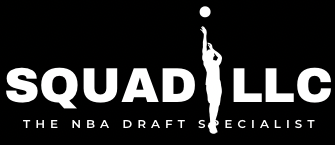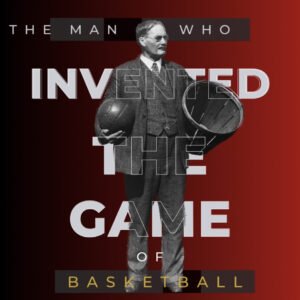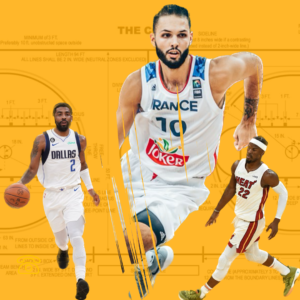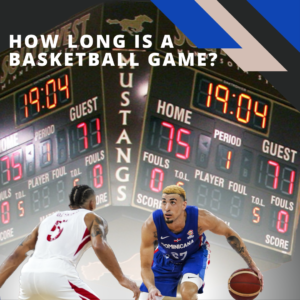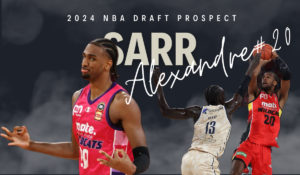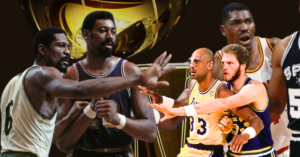What is a carry in basketball? Back To The Basics

Many casual sports fans may wonder what is a carry in basketball, not being as familiar with the rules associated with the game. Understanding the different violations surrounding the game of basketball is essential to enjoy playing or watching it. Although sometimes used interchangeably with both traveling and double dribble violations, carrying the ball in basketball is a distinct and separate infraction.
What is a carry?
Basketball players are required to keep their hand on the top half of the basketball as long as they are dribbling it. If a player places their hand on the underside of the basketball before continuing to dribble, they “carry” the basketball, which results in a turnover. Also known as “palming the ball” or a “palming violation”.
Carrying the basketball occurs more frequently in youth basketball leagues or high school games. It is rarely called in college or professional basketball. Most players at these levels are skilled enough to either disguise this violation from the referees or avoid carrying the ball altogether.
Like both traveling and double dribbling, carrying the basketball is not a point of emphasis for referees in the NBA, most of whom will only call the most egregious occurrences of this violation. When it does occur, the carrying the ball hand signal in basketball utilized by the official involves motioning with the palm of the hand up and then flipping the palm down.
Carry vs. High Dribble
Most carry violations occur during a regular dribble attempt. When a player mistakenly puts their hand on the underside of the basketball before dribbling again a carry is called.
However, another example of a carry violation occurs when a player dribbles the ball too high near or above their head. In many instances, the player will reach out their hand above or at their head to regain control of the ball. But in the process of mistakenly touching the underside of the ball results in a carry violation.
This form of carrying the basketball has led to the common misconception that dribbling the basketball too high is an infraction that results in a turnover. In reality, a player is allowed to dribble the basketball as high as they desire. As long as they can keep their hand on the top half of the basketball.
Many great NBA points guards including Oscar Robertson and Magic Johnson excelled at dribbling the ball at a variety of heights, allowing them more versatility. As a result, the common reference to a “high dribble” violation is a misnomer for the actual occurrence of a carrying violation.
Carry vs. Double Dribble
Unlike a high dribble, a double dribble is a separate violation from a carry that also results in a turnover. A double dribble occurs when a player stops dribbling the basketball and picks up the ball, and then proceeds to dribble again.
Players who pick up their dribble must either pass or shoot the ball, and can only move by pivoting. A movement where a player plants one of their feet on the floor and then rotates their body around their planted foot. The player’s foot essentially functions as an axis for their body to move around to better adjust themselves to either pass or shoot the ball.
Related Articles:
Carry vs. Travel
Carrying the basketball is often used interchangeably with traveling, another separate violation that results in a turnover. Traveling occurs when a player moves one or both of their feet illegally. It can happen in a variety of circumstances.
The most basic version of a traveling violation happens when a player stops their dribble and then walks or runs with the ball without dribbling.
However, players are allowed to take a couple of steps after picking up their dribble in a move called a “Euro-Step”. In this move, a player takes a step at the same moment that they pick up their dribble and then takes another step in the opposite direction with their other foot to avoid a defender.
Because the 2nd step is considered a continuation of the 1st step, which occurred at the same moment the player picked up their dribble, it is not considered a travel.
Another example of traveling occurs when a player fails to execute a pivot move properly, and either drags their pivot foot or switches between pivot feet. If a player leaves their feet to shoot or pass the ball and fails to release the ball before their feet touch the floor, they also commit a traveling violation.
Falling and rolling on the court with the ball is also a traveling violation. Although different levels of competitive play have different interpretations of when this would constitute a travel.
Allen Iverson and the Hesitation Move
Carrying the basketball is rarely called in the NBA and has never been a major point of emphasis for officials throughout the league. Many individuals complain that NBA players are given too much leeway toward handling the ball.
One of the most famous examples in NBA history of a player toeing the line between a legal and illegal move was Allen Iverson’s famous hesitation crossover dribble.
Iverson would routinely dribble to one side of his body, and then quickly crossover to the other side to catch the defender off guard and get to the basket.
However, before he switched the direction of his dribble from one side of his body to the other, he would briefly hesitate with the basketball, causing the ball to almost come to a complete stop in midair.
Technically, if Iverson’s hand were to ever come to rest on the bottom half of the basketball during the hesitation move, which many times it almost did, he could be called for a carrying violation. However, as with most NBA players, he was skilled enough to disguise this move to prevent it from being labeled as a carrying infraction.
Rarely called in the NBA or College
A carry in basketball is an infraction that involves a player placing their hand on the underside or bottom half of the basketball before continuing their dribble.
Although this type of violation is rarely called in the NBA or college basketball where players are often skilled enough to disguise any carrying violations, it is more common in both youth league and high school basketball.
As a result, many casual basketball fans who only follow high-level basketball play could potentially not be aware of this kind of rule violation.
